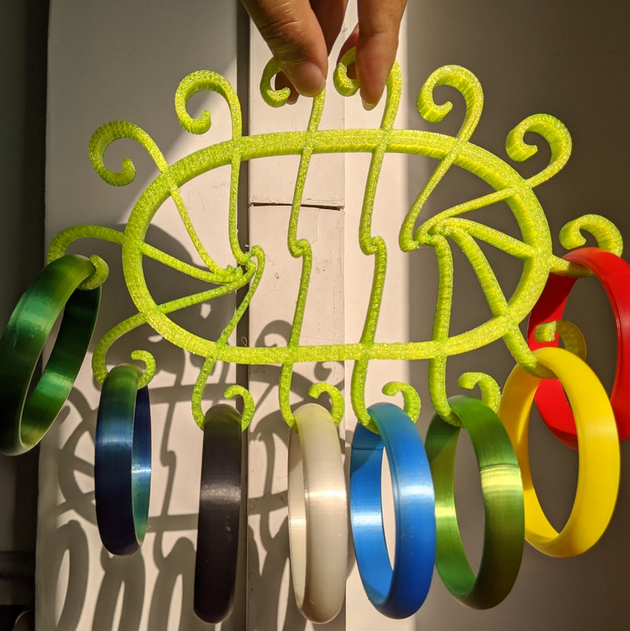3D printing filaments are the materials that are used in 3D printing to create various objects. There are many different types of filaments available on the market, each with its own unique properties and characteristics. In this blog post, we will discuss some of the most common 3D printing filaments, including PLA, ABS, PETG, TPU, and ASA.

- PLA (Polylactic Acid)
PLA is one of the most popular 3D printing filaments, and for good reason. It is an easy-to-use, environmentally-friendly material that is made from renewable resources such as cornstarch or sugarcane. PLA filament is biodegradable, making it an excellent choice for eco-conscious makers.
PLA is a versatile material that can be used for a wide range of 3D printing applications. It is easy to print with, requires low printing temperatures, and has minimal warping. PLA filament is also available in a wide range of colors and finishes, making it a great choice for creating decorative objects.

- ABS (Acrylonitrile Butadiene Styrene)
ABS is a strong and durable plastic that is commonly used in 3D printing. It is known for its toughness, impact resistance, and heat resistance. ABS filament is a popular choice for creating functional parts such as gears, housings, and automotive parts.
ABS filament requires higher printing temperatures than PLA and can be more challenging to print with. It also has a tendency to warp, which can make it difficult to print larger objects. However, with proper printing settings and techniques, ABS filament can produce high-quality prints.

- PETG (Glycol-Modified PET)
PETG is a strong and durable material that combines the best properties of both PLA and ABS filaments. It has good impact resistance, heat resistance, and is also chemical-resistant. PETG filament is a popular choice for creating functional parts and mechanical components.
PETG filament is easy to print with, requires low printing temperatures, and has minimal warping. It also has a high level of transparency, making it ideal for creating clear parts or objects.

- TPU (Thermoplastic Polyurethane)
TPU is a flexible and rubber-like material that is commonly used for creating flexible objects such as phone cases, toys, and gaskets. TPU filament is known for its flexibility, elasticity, and abrasion resistance.
TPU filament requires lower printing temperatures than ABS or PETG and is more forgiving when it comes to printing settings. It is also less prone to warping, making it a popular choice for printing larger objects.

- ASA (Acrylonitrile Styrene Acrylate)
ASA is a material that is similar to ABS, but with improved weather resistance and UV stability. ASA filament is ideal for creating outdoor or functional parts that are exposed to the elements. It has good impact resistance, heat resistance, and is also chemical-resistant.
ASA filament requires higher printing temperatures than PLA and PETG and can be more challenging to print with. It also has a tendency to warp, which can make it difficult to print larger objects. However, with proper printing settings and techniques, ASA filament can produce high-quality prints.

There are many different types of 3D printing filaments available, each with its own unique properties and characteristics. The choice of filament depends on the specific requirements of your project. Whether you are creating decorative objects or functional parts, there is a 3D printing filament that is perfect for your needs. By considering factors such as strength, flexibility, temperature resistance, and durability, you can choose the best filament for your project.



